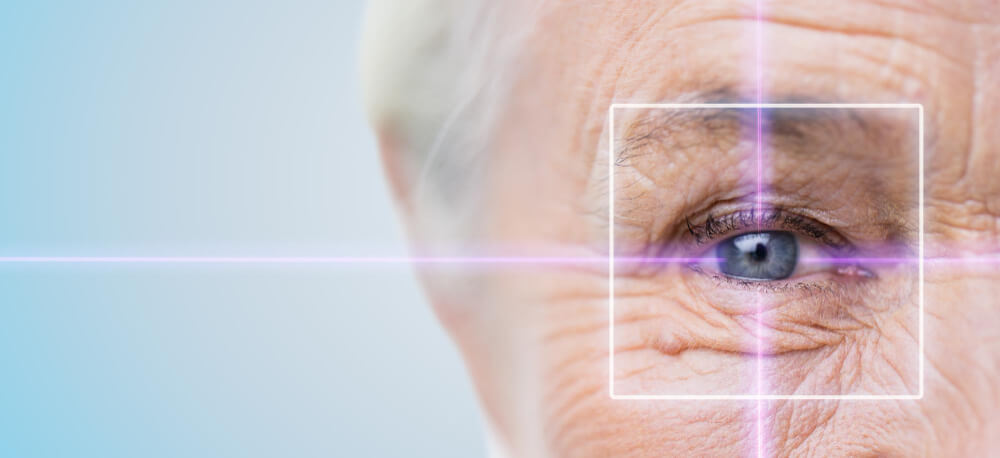Retinal Detachment & Retinal Tear

A retinal detachment is a very serious problem that usually causes blindness unless treated. The appearance of flashing lights, floating objects, or a gray curtain moving across the field of vision are all indications of a retinal detachment. As one gets older, the vitreous (the clear, gel-like substance that fills the inside of the eye) tends to shrink slightly and takes on a more watery consistency. Sometimes as the vitreous shrinks, it exerts enough force on the retina to make it tear.
Retinal tears can lead to a retinal detachment. Fluid vitreous, passing through the tear, lifts the retina off the back of the eye like wallpaper peeling off a wall. Laser surgery or cryotherapy (freezing) are often used to seal retinal tears and prevent detachment.
If the retina is detached, it must be reattached before sealing the retinal tear. There are three surgical techniques to repair retinal detachments:
Management - Surgical
Techniques
Pneumatic retinopexy involves the injection of an expanding gas bubble into your eye. Your eye doctor will position you so that the bubble floats over the detached area and pushes it against the back of your eye. Your eye doctor then uses a freezing device to seal the retina against the wall of the eye.
The scleral buckling surgery involves placing a piece of silicone or sponge onto your sclera, the tissue that you know as the white of your eye. The buckle pushes into your eye and indents it. This pushes your retina back into the tissues that normally support it so it can reattach.
Vitrectomy surgery is a type of eye surgery to treat various problems with the retina and vitreous. During the surgery, your surgeon removes the vitreous and replaces it with another solution such as gas or silicone oil. You might need a vitrectomy if you have one of the following eye problems:
- Diabetic retinopathy
- Retinal detachment
- Vitreous hemorrhage
- Infection inside your eye
- Severe eye injury
- A hole in the central part of your retina (macula hole)
- A wrinkle in the central part of your retina (epiretinal membrane)

